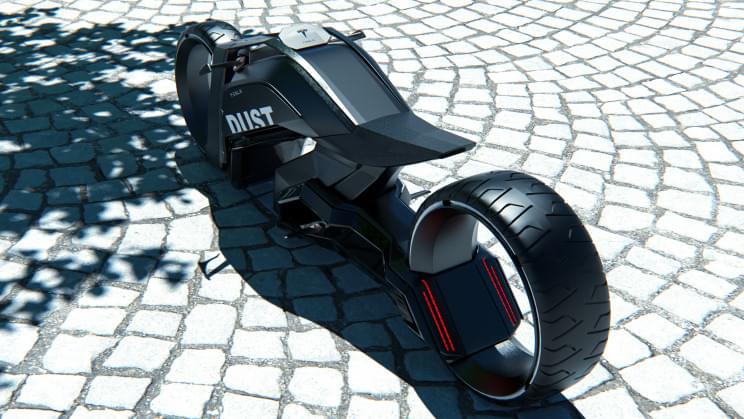Go to http://brilliant.org/Undecided to sign up for free. And also, the first 200 people will get 20% off their annual premium membership. While renewable energy sources like solar and wind have now become cheaper than fossil fuels, developing long-term energy storage is key to overcome their intermittency. Lithium-ion batteries are the state-of-the-art battery technology but they can only cost-effectively provide energy for about 6 hours. So, what if we could extend the battery duration to 100 hours… out of thin air … and rust? Literally!
Watch Perovskite Solar Cells Could Be the Future of Energy: https://youtu.be/YWU89g7sj7s?list=PLnTSM-ORSgi7sp17ey2ydGRGBTFijdYCh.
Video script and citations:
https://undecidedmf.com/episodes/why-rust-batteries-may-be-t…technology.
Follow-up podcast:
Video version — https://www.youtube.com/channel/UC4-aWB84Bupf5hxGqrwYqLA
Audio version — http://bit.ly/stilltbdfm.
👋 Support Undecided on Patreon!
https://www.patreon.com/mattferrell.
⚙️ Gear & Products I Like.





